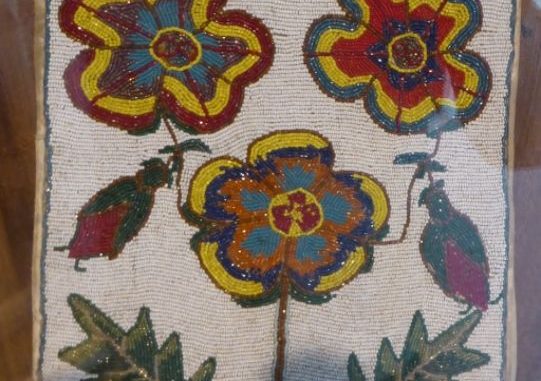Indians 101

Columbia River Beadwork (Photo Diary)
Today, the Columbia River marks the boundary between Oregon and Washington. The river was named for the ship Columbia Rediviva whose captain, John Gray, sailed […]
Indians 101

Today, the Columbia River marks the boundary between Oregon and Washington. The river was named for the ship Columbia Rediviva whose captain, John Gray, sailed […]

As a Christian nation, the United States has never been comfortable with the idea that American Indians might have their own non-Christian religions or that […]

The Northwest Coast is a region in which an entrenched and highly valued artistic tradition flourished. Among the highly developed art traditions were basketry and […]

Washington’s Sacajawea State Park is located at the confluence of the Snake and Columbia Rivers. In explaining the cultural and historical significance of this place, […]

Like all California Indian tribes, the Cahuilla created baskets which were both practical and aesthetically pleasing. In their book The Cahuilla Indians of Southern California, […]

By 1617, four European nations—Spain, France, England, and the Netherlands—were staking their claims in North America through exploration and colonization. Archaeologist Jerald Milanich, in his […]

Since the very beginning of the European invasion of North America, Europeans have been guided by an arrogant worldview in which they considered themselves superior […]

As Grandmother Taught: Women, Tradition and Plateau Art was a special exhibit at the Northwest Museum of Arts and Culture in Spokane, Washington. The exhibit […]

Under the Constitution, Indian tribes are considered to be nations and thus all dealings with the tribes were to be conducted by the federal government, […]

By 1719, many Indian nations had had direct or indirect contact with the European invaders from Britain, France, Spain and the Netherlands. Direct contact had […]